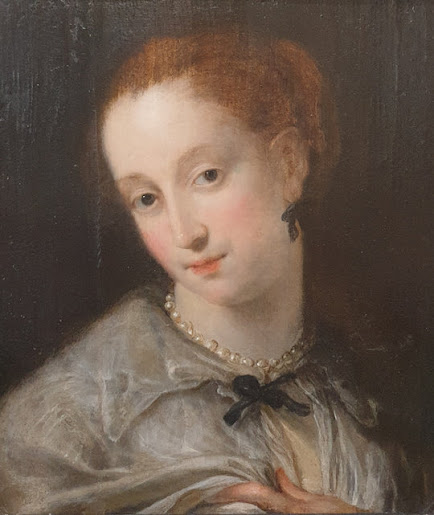Alchemy and diplomacy have made Meissen synonymous with one of the finest and most highly prized wares and sculptures of European production. Meissen porcelain remains today one of the most sought after names in European ceramics. And it has its origins in the eighteenth century, when trade in porcelain ware, known at the time as ‘white gold’, was booming. Meissen is a historic and picturesque town in Saxony. Sitting on both banks of the river Elbe, it is also one of the northernmost wine regions in Europe.
Augustus the Strong, Elector of Saxony at the time, was passionate about porcelain. He saw great potential, and a way of using style and fashion for diplomacy. He set up a court porcelain factory, initially, driven by the desire to emulate Chinese imports, which commanded high prices. The method for making porcelain remained a mystery to Europeans up until then making porcelain the most coveted commodity. So, Augustus founded the factory in order to supply himself, sell to the grand families in other European courts and commission a significant number of gifts, marked A and R, for Augustus Rex.
Based on Johann Bottger’s discovery of how to make hard-paste stoneware and ‘true’ porcelain, the factory developed its own style and aesthetics. There was experimentation with glazes and forms, and glass-cutters from Bohemia joined in. Originally copying oriental designs, production grew into decorative fantasy chinoiserie scenes often combining them with baroque European forms.
Much of the aesthetic inspiration for Meissen production came from the fashion for decorating dining tables of aristocratic houses all over Europe with sugar ornaments. The arrival of porcelain made them more permanent and increased their value. Now such ornaments could be collected and displayed in cabinets rather than dining tables.
The variety of the output was quite staggering. It included figures (mythological or allegorical), temples, gardens, pastoral scenes, street traders. Drawing from Moliere’s theatre plays, and public entertainment, Harlequin and the commedia del’ arte characters became the most popular depictions. For its tea wares, vases and snuff-boxes, depictions of landscape and harbour scenes taken from seventeenth century paintings, and English flower and hunting scenes, were widely used in an interpretative way. Colours and styles were mixed with styles from China and Japan.
Soon Augustus commissioned a menagerie of porcelain animals for his Japanese Palace in Dresden, now part of the Zwinger collection. This is a stunning series of sculptures, modelled by Johann Kirchner and Johann Kandler, who were the two most important persons in the history of Meissen porcelain production. Their work is very much admired today. The earlier pieces that came out of the factory are not as refined or elegantly finished. Therefore the Meissen crossed swords mark, is not the only consideration when examining the quality of the porcelain figure. Provenance, condition, colour and the particular feel, are all factors determining value.
Written by Titika Malkogeorgou






.jpg)

Comments
Post a Comment